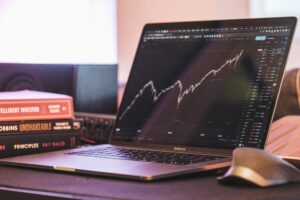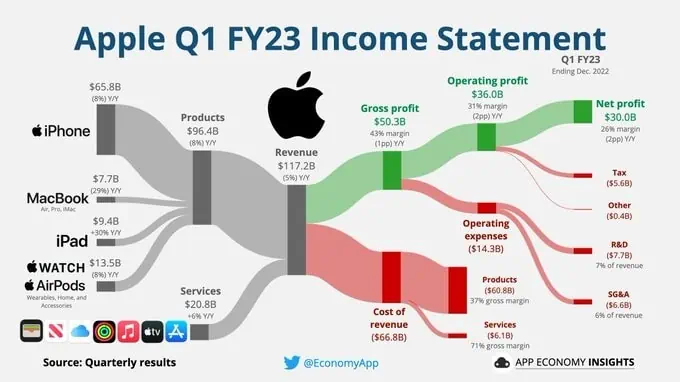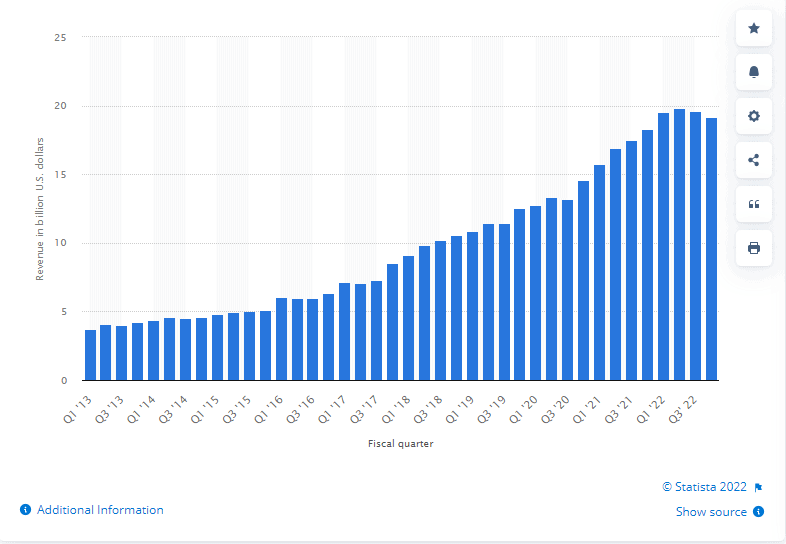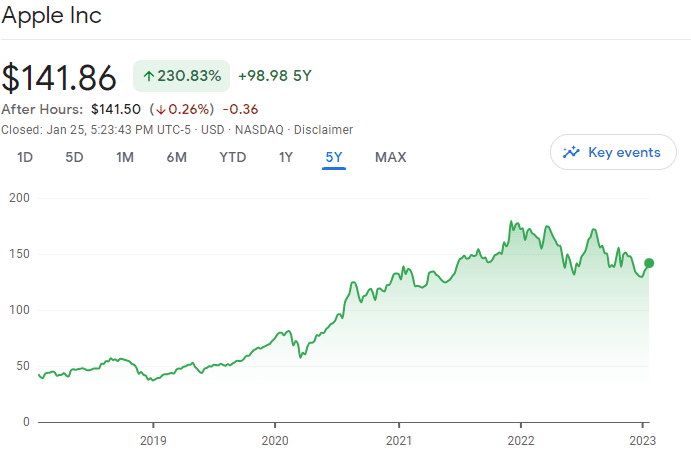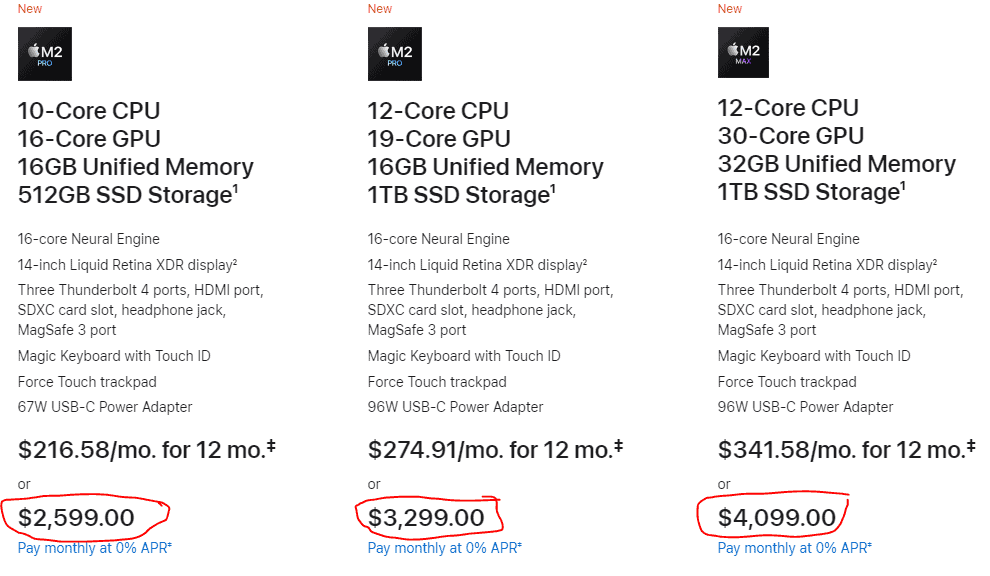Retirement investments to avoid include everything from bonds down to stock options. Here’s why.

Our best retirement planning advice is to invest early and often — and don’t forget to use our three-part Successful Investor philosophy.
But if you’re heading into retirement and are short of money, you should move your investing in the direction of safer, more conservative investments. That’s a far better option than taking one last gamble on retirement investments to avoid like the ones we look at below.
As some investors near retirement, their advisors recommend switching to bonds and other fixed-income investments instead of holding stocks.
To some extent, this is an understandable retirement investing strategy, since bonds can provide steady income and a guarantee to repay their principal at maturity.
Unfortunately, we don’t think using bonds for retirement is the best strategy for Successful Investors. Bond prices and interest rates are inversely linked. When interest rates go up, bond prices go down, when interest rates go down, bond prices go up — and with inflation still high, there is pressure for interest rates to keep increasing.
We continue to recommend that you invest only a small part of your Successful Investor portfolio — if any — in bonds and fixed-income investments.
Investing in annuities can fall into the category of retirement investments to avoid
Here are 3 key drawbacks you should keep in mind when deciding whether annuities are a good choice for your retirement investment options:
- It may be hard to get out if you change your mind: Unlike stocks, it can be difficult or impossible to sell an annuity if you decide it no longer meets your needs. Moreover, you will likely get a low price for your annuity because the date of your death is uncertain.
- Link to interest rates makes today a poor time to buy annuities: The rate of return you receive on an annuity is linked to interest rates at the time you buy it. That makes periods of still relatively low interest rates an especially poor time for buying annuities. However, if you want to buy annuities, you could buy one annuity a year for the next five years. That way, your returns will increase if interest rates rise, as we expect.
- Tax treatment: When you own an annuity, the income payments you receive are made up of interest and a return of your principal. The return of your principal is tax free, but the interest portion of the payment is taxed as ordinary income.
Retirement investments to (especially) avoid include penny stocks, junior mines, and stock options
Penny stocks: Penny stocks are cheap and that’s why many novice investors think they make great investments when they don’t have a lot of money. Here’s some insight: it’s much easier to launch a seductive penny stock promotion than it is to create a successful, lasting business. Most penny stocks are over-hyped. Penny stocks tend to be speculative, and are engaged in such things as finding mineral deposits that can be mined at a profit, commercializing an unproven technology or launching new software. They are unproven companies that have very little chance of becoming a sustainable business. You’ll also have to be on the watch for unscrupulous stock promoters who will over-inflate earnings and talk up a stock for their own best interests. If you’re headed to retirement, stay away from penny stocks.
Junior mining stocks: One rule of thumb for mining stocks is that you have to look at 1,000 “anomalies” to find one “prospect,” and that fewer than one “prospect” in a thousand turns into a mine. In other words, finding a mineable deposit is a million-to-one shot. Continue Reading…



